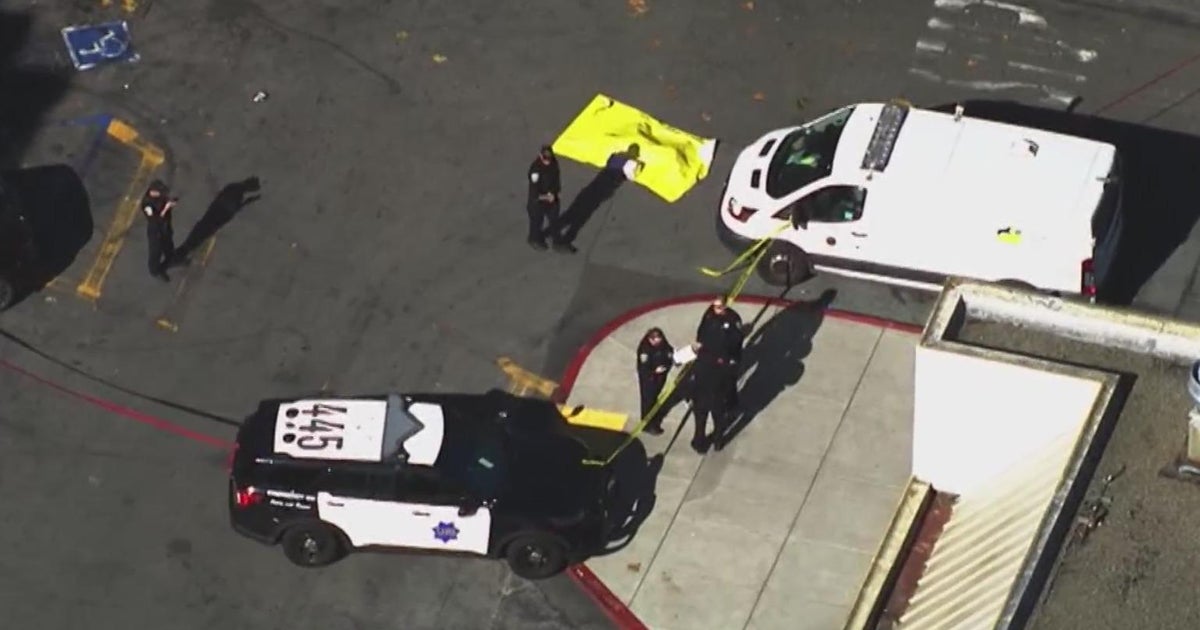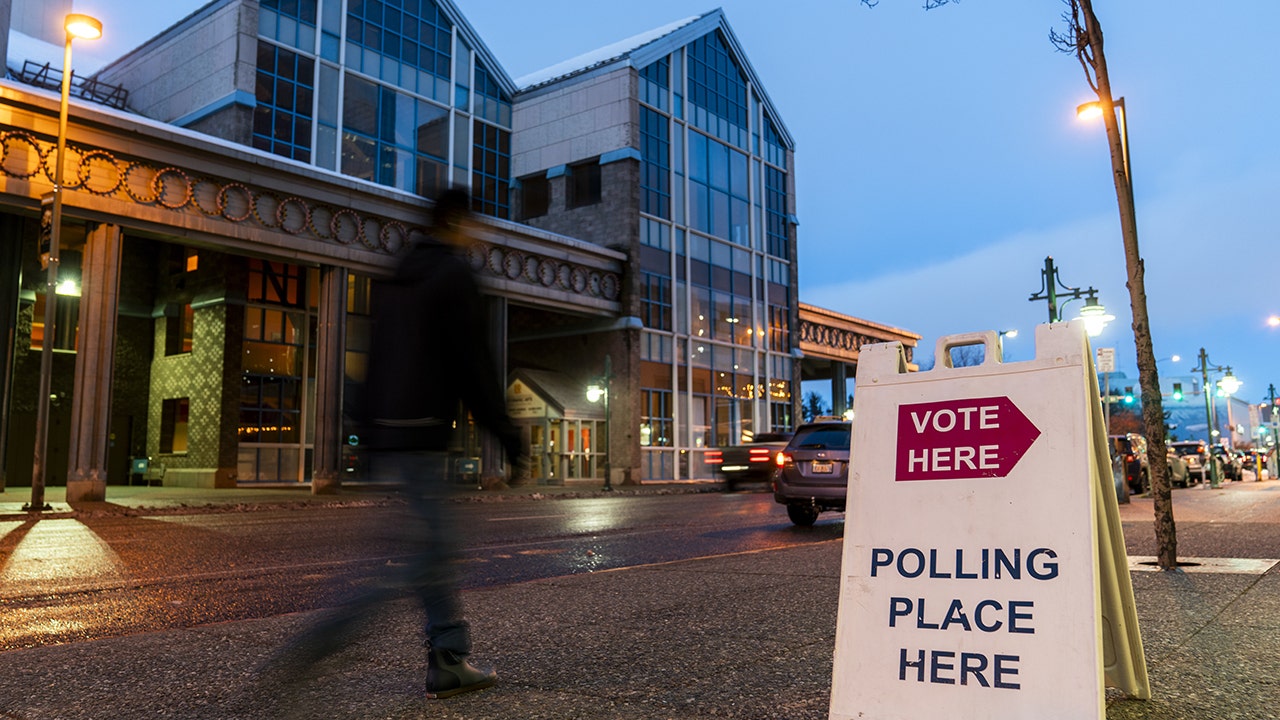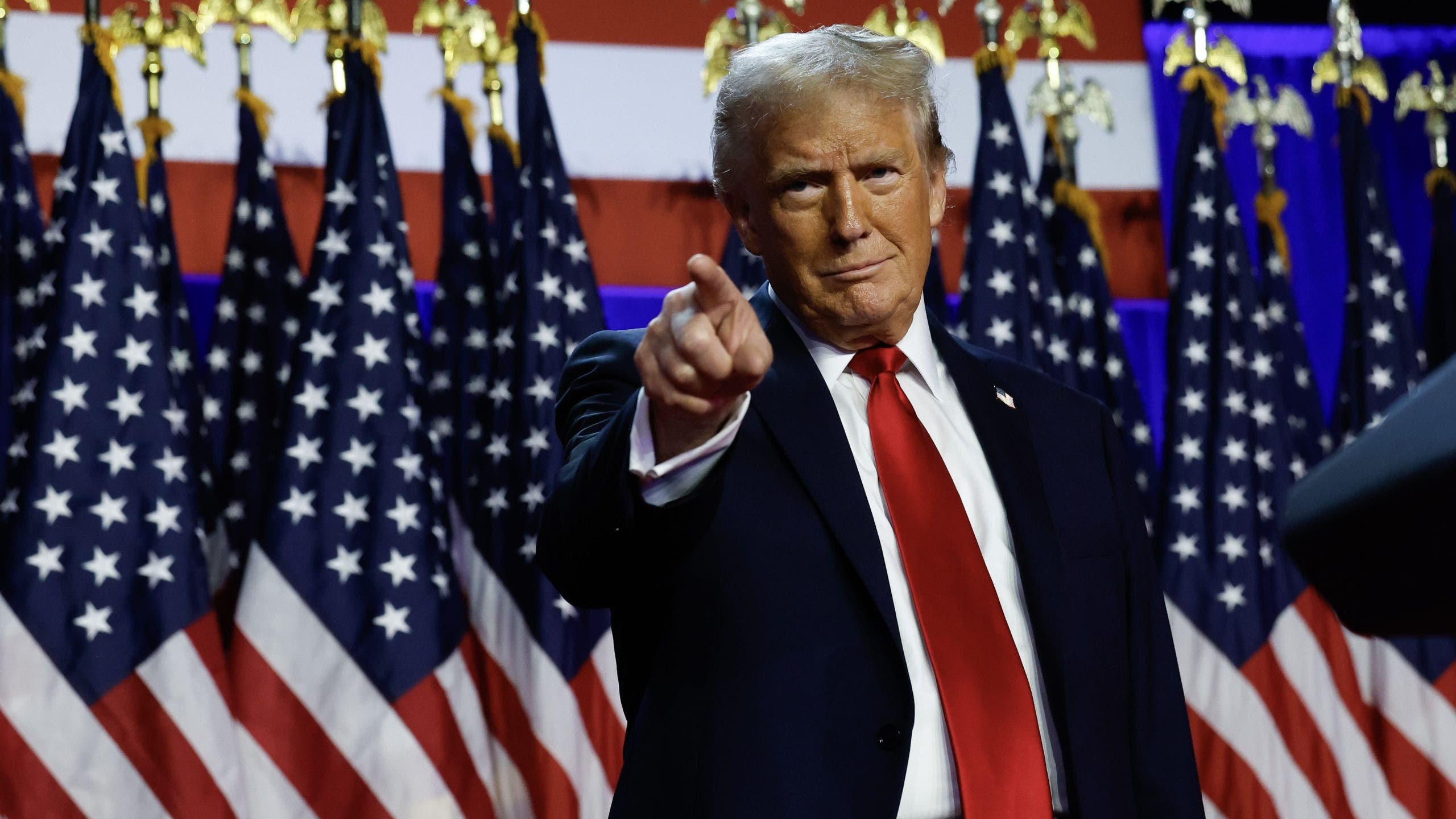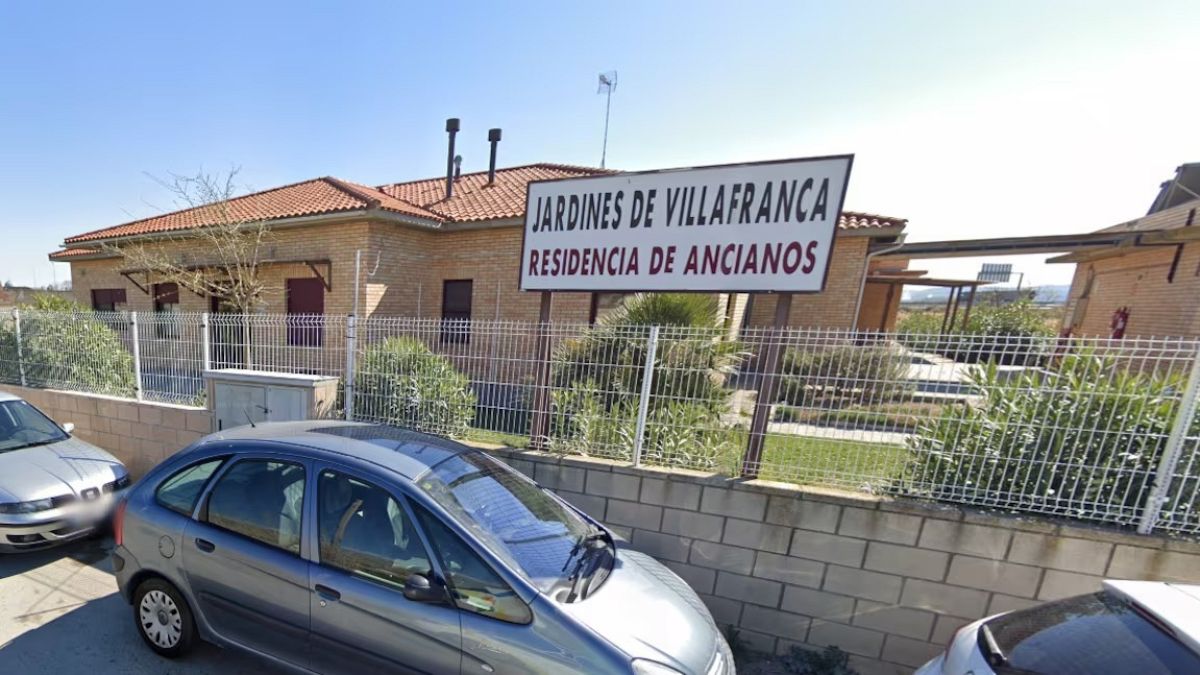Hawaii
Amid housing exodus of locals, this group is leading a movement to get them to stay
/cloudfront-us-east-1.images.arcpublishing.com/gray/ARGR4VYT5VBMFPDFQTR3QW6P24.jpg)
HONOLULU (HawaiiNewsNow) – Priced out of paradise.
It’s a turn of phrase that has almost become synonymous with living in Hawaii.
The cost of living — from housing, groceries, gas and more — is causing droves of locals and Native Hawaiians to leave the place they grew up and where their ancestors are from.
While there are lots of advocates who have been working on creating affordable housing for decades, there’s a group that believes the key to solving this crisis lies in Hawaii’s next generation.
The organization is called Housing Hawaii’s Future, and from its name, they are hoping to do just that.
Sterling Higa, the executive director, explained this is more than just an organization — it’s a movement.
Their hope is to find a solution through bolstering civic engagement among Hawaii’s younger generation.
“If we’re going to inherit these decisions and living Hawaii for the next 50, 60 years, then we should be part of the decision making process. It’s decisions by us, not decisions for us — and that’s why the next generation has to be involved,” Higa said.
“Young people have been at the forefront of the movement for social justice. They’ve been at the forefront of the environmental movement. And now, it’s their time to be in the lead of the movement for affordable housing and workforce housing.”
He explained the reason for this big focus on the next generation is largely due to the founders of this movement, Zachary Yamada and Evan Gates. They came up with this idea at a time when the two were back home in the islands — Gates was taking a gap year from college and Yamada had just graduated.
More and more, they were seeing teenagers and people in their early twenties already giving up on the idea of being able to live and own a home in Hawaii.
“A lot of young people our age are living with their parents. They would prefer not to live with their parents, but they can’t afford to leave,” Higa explained.
“And them not being able to afford to leave means they don’t become independent. They’re not able to start a family of their own. They may not be able to move closer to where their jobs are, which means they’re stuck in commutes. And some of that pressure is what leads people to leave because they don’t have the option to start their own independent life here.”
They realized that if young people didn’t start becoming part of the solution, they were just going to watch their friends leave year, after year, after year.
Thus, the two enlisted the help of Higa, who is slightly older than them, to work on educating younger generations and promote partnerships with lawmakers to amplify the need for housing.
Higa said a lot of his work involves teaching young people about civic engagement, prepping people to be active in neighborhood boards, county councils, at the state Legislature, or just in their own communities advocating.
“Many people under the age of 40 aren’t even aware that the neighborhood board system exists on Oahu and these neighborhood board oftentimes, there are two, three, four vacancies,” Higa explained.
“But these roles give them access to city and state officials. It lets them learn about the political process. It lets them figure out what issues are important in their community, and it’s an important first step in the kind of ladder of civic engagement.”
Higa said that the reason why we haven’t really seen much change is because Hawaii hasn’t yet had “the groundswell of young people getting involved and advocating.”
“You have a lot of decision makers who would like to create more radical change, but they can’t do anything radical unless there’s a public voice calling for it,” he said.
That’s why Housing Hawaii’s Future has created the “Stay Movement,” a pledge people can sign to get educated and get involved to ensure the people of Hawaii can keep living in the islands.
“We really want to simplify this vocabulary so that people realize they are already capable of participating in this conversation. Our goal with this movement is to get people from the sidelines into the game,” he said.
Higa emphasized that affordable housing isn’t just a want, it “should be considered a human right, and we should ensure that everyone has access to it.”
“Home ownership opportunities, workforce rentals, affordable rentals, transitional housing, emergency housing for the homeless, you need to have abundant housing across the spectrum.”
The cost of living is causing droves of locals and Native Hawaiians to leave the place they grew up and where their ancestors are from.
So the question now becomes: How can the state create this housing?
Higa said a good place to start is transforming underutilized sites on public land into housing. This was seen in a housing project on Alder Street in which Honolulu’s juvenile detention center was converted to also house 180 affordable rental units.
He added that it also involves the need for the government to cut red tape, reducing the regulatory burden or barriers to building.
And while he acknowledges that is easier said than done, Higa is hopeful we can work together as a community and government to finding a solution to Hawaii’s housing crisis — sooner rather than later.
“As I look at my own children, I hope that they don’t have to make, that choice to leave — that if they want to, they can afford to stay here.”
To learn more about Housing Hawaii’s Future or to join the “Stay Movement,” click here.
Copyright 2023 Hawaii News Now. All rights reserved.

Hawaii
Family’s fears for Hawaii woman who vanished on bucket list trip to New York
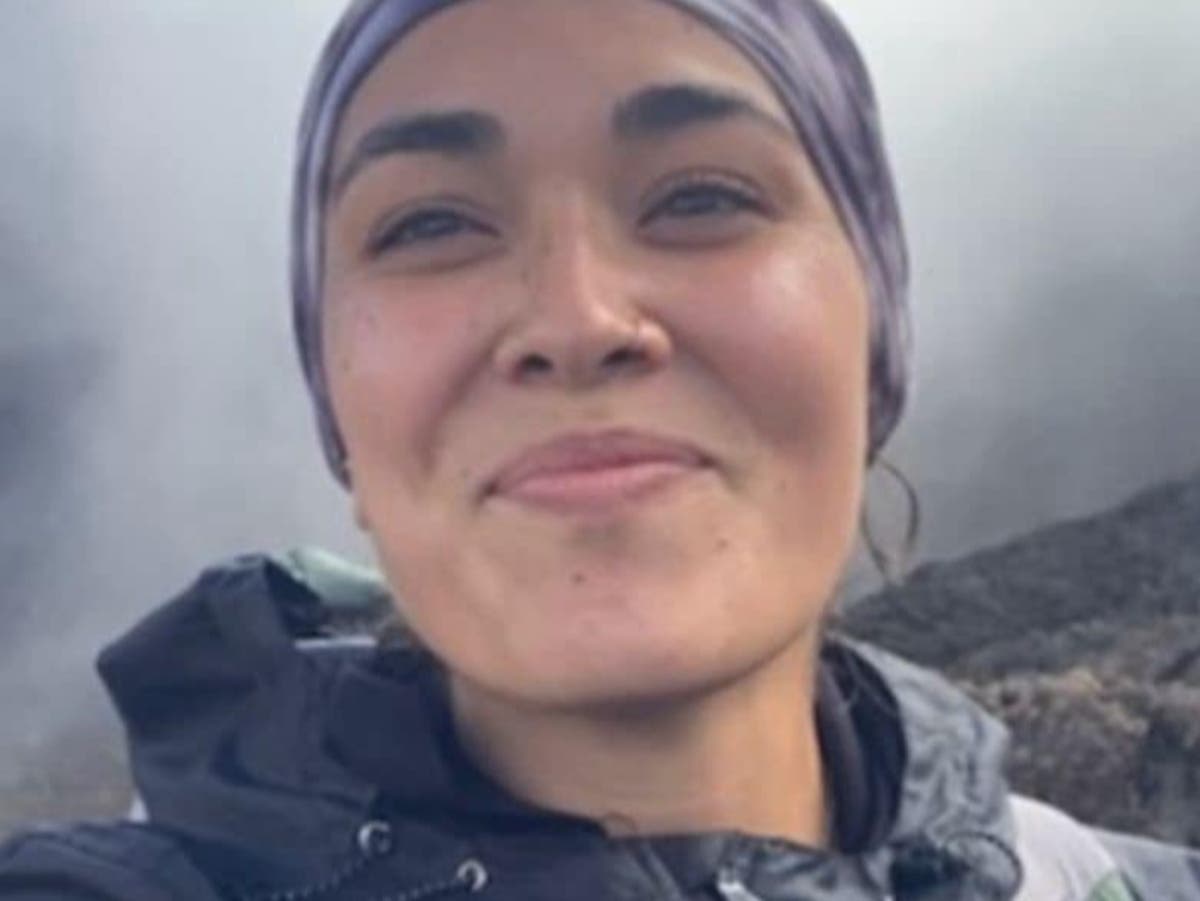
A missing Hawaii woman’s family has revealed the “really weird” final texts she sent before vanishing en route to New York City last week.
Hannah Kobayashi, 30, was last seen on November 8 when she departed her hometown of Maui, Hawaii to visit her aunt in New York City. Kobayashi was excited about the trip, her mother Brandi Yee told HawaiiNewsNow. She even wrote in her itinerary: “Bucket list dreams become a reality.”
The 30-year-old flew into Los Angeles, where she was meant to catch another flight to the Big Apple. But no one has heard from her since she landed in California, according to HawaiiNewsNow.

Surveillance footage shows Kobayashi landing safely at Los Angeles International Airport. There, she began sending texts to a friend.
“I got tricked pretty much into giving away all my funds,” the text messages read, according to HawaiiNewsNow. “For someone I thought I loved.”
Her sister, Sydni Kobayashi, described the texts as “really weird.”
“She texted her that she was scared and that she couldn’t come back home or something,” the 30-year-old’s sister told HawaiiNewsNow. “It was just really weird texts.”
“It’s weird to me because it doesn’t sound like her, like there’s just something off about it,” she added. “So I wasn’t too sure. I don’t know if it’s her or if someone else was texting.”
Yee told HawaiiNewsNow she first knew something was wrong when she stopped hearing from Kobayashi. When Yee reached out to Kobayashi’s aunt, she confirmed the 30-year-old never made it to the city.
“She’s like, ‘No. She’s supposed to meet me at the hotel in New York City and we’re supposed to go to a show tonight,’” Yee said.
The family has filed a missing person report with the Los Angeles Police Department.
Yee made a public plea to anyone who might have information about her daughter: “Please help her, if you can. If you know where she’s at, or you have the chance to just help her, please. We just want to bring her home.”
Hawaii
American Airlines flight narrowly avoids mountain range in Hawaii

HONOLULU (HawaiiNewsNow) – An American Airlines flight apparently came dangerously close to the Koolau mountain range earlier this week.
Aircraft tracker FlightAware shows Flight 298 departed from Honolulu for Los Angeles on Wednesday just after 12:30 a.m.
The flight path was straight, but aviation experts said the route should take a hard right turn after takeoff.
Audio released of an air traffic controller can be heard instructing the pilot to avoid the mountains: “Number 298 turn right, expedite your climb through terrain and then turn right through 120.”
“Expedite your climb” is a technical way of saying hurry and gain altitude.
Ultimately, the flight arrived in Los Angeles, seven hours later without incident.
HNN has reached out to American Airlines for comment and are awaiting a response.
Copyright 2024 Hawaii News Now. All rights reserved.
Hawaii
Navy didn't understand the risks posed by Hawaii fuel tanks despite studies, watchdog says

HONOLULU — Navy officials “lacked sufficient understanding” of the risks of maintaining massive fuel storage tanks on top of a drinking water well at Pearl Harbor where spilled jet fuel poisoned more than 6,000 people in 2021, a U.S. military watchdog said Thursday.
That lack of awareness came even though officials had engineering drawings and environmental studies that described the risks, the U.S. Department of Defense’s inspector general said.
The finding was among a long list of Navy failures identified by the inspector general in two reports that follow a yearslong investigation into the fuel leak at the Red Hill Bulk Fuel Storage Facility. Investigators said it was imperative for the Navy to address its management of fuel and water systems at Joint Base Pearl Harbor-Hickam and recommended that the military assess leak detection systems at other Navy fuel facilities.
“The DoD must take this action, and others, to ensure that tragedies like the one in November of 2021 are not allowed to repeat,” Inspector General Robert P. Storch said in a statement.
The military built the Red Hill fuel tanks into the side of a mountain in the early 1940s to protect them from aerial attack. There were 20 tanks in all, each about the height of a 25-story building with the capacity to hold 12.5 million gallons (47.3 million liters.) The site was in the hills above Pearl Harbor and on top of an aquifer equipped with wells that provided drinking water to the Navy and to Honolulu’s municipal water system.
Fuel leaks at Red Hill had occurred before, including in 2014, prompting the Sierra Club of Hawaii and the Honolulu Board of Water Supply to ask the military to move the tanks to a place where they wouldn’t threaten Oahu’s water. But the Navy refused, saying the island’s water was safe.
The 2021 spill gushed from a ruptured pipe in May of that year. Most of it flowed into a fire suppression drain system, where it sat unnoticed for six months until a cart rammed a sagging line holding the liquid. Crews believed they mopped up most of this fuel but they failed to get about 5,000 gallons (19,000 liters.) Around Thanksgiving, the fuel flowed into a drain and drinking water well that supplied water to 90,000 people at Joint Base Pearl Harbor-Hickam.
In this photo provided by the U.S. Navy, Rear Adm. John Korka, Commander, Naval Facilities Engineering Systems Command (NAVFAC), and Chief of Civil Engineers, leads Navy and civilian water quality recovery experts through the tunnels of the Red Hill Bulk Fuel Storage Facility, near Pearl Harbor, Hawaii, on Dec. 23, 2021. Credit: AP/Luke McCall
The inspector general’s report noted 4,000 families had to move out of their homes for months because they couldn’t drink or bathe in their water. The military spent more than $220 million housing residents in hotels and responding to the spill. Congress appropriated $2.1 billion more, some of which is helping the Navy close the Red Hill facility in compliance with an order from Hawaii regulators.
Among the inspector general’s other findings:
Hawaii’s congressional delegation, which called for the investigation in 2021, issued a joint statement saying the reports made clear the Navy and the military failed to manage fuel and water operations at Red Hill and Pearl Harbor to a standard that protects the health and safety of the people of Hawaii.
“It’s outrageous and unacceptable,” said the statement from U.S. Sens. Mazie Hirono and Brian Schatz and U.S. Reps. Ed Case and Jill Tokuda, all Democrats.
They called on the Navy to take “full responsibility” for its failures and immediately implement the inspector general’s recommendations.
A Navy spokesperson said in a statement that the inspector general’s findings align with previous evaluations and support corrective actions the Navy is implementing.
“We are committed to constant improvement to ensure the highest standards of operation, maintenance, safety, and oversight at all of our facilities at all times,” the statement said.
-

 Health1 week ago
Health1 week agoLose Weight Without the Gym? Try These Easy Lifestyle Hacks
-

 Culture1 week ago
Culture1 week agoThe NFL is heading to Germany – and the country has fallen for American football
-

 Business7 days ago
Business7 days agoRef needs glasses? Not anymore. Lasik company offers free procedures for referees
-

 Sports1 week ago
Sports1 week agoAll-Free-Agent Team: Closers and corner outfielders aplenty, harder to fill up the middle
-

 News4 days ago
News4 days agoHerbert Smith Freehills to merge with US-based law firm Kramer Levin
-
/cdn.vox-cdn.com/uploads/chorus_asset/file/25724877/Super_Nintendo_World.png)
/cdn.vox-cdn.com/uploads/chorus_asset/file/25724877/Super_Nintendo_World.png) Technology5 days ago
Technology5 days agoThe next Nintendo Direct is all about Super Nintendo World’s Donkey Kong Country
-
Business2 days ago
Column: OpenAI just scored a huge victory in a copyright case … or did it?
-

 Health2 days ago
Health2 days agoBird flu leaves teen in critical condition after country's first reported case






